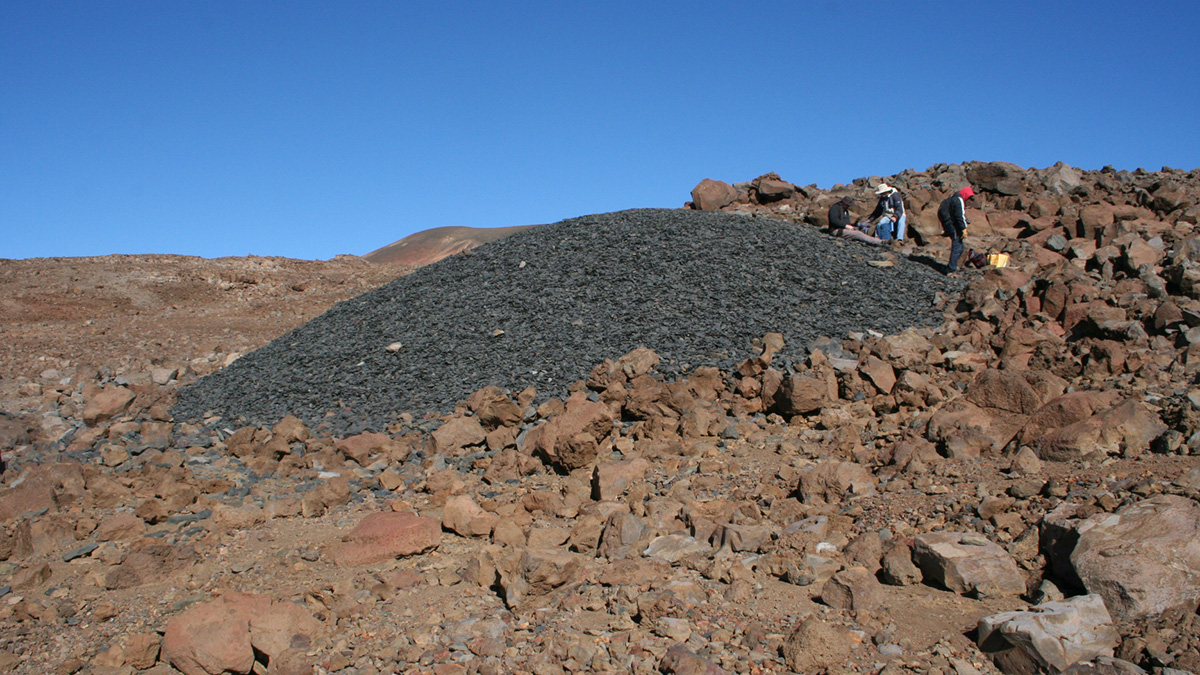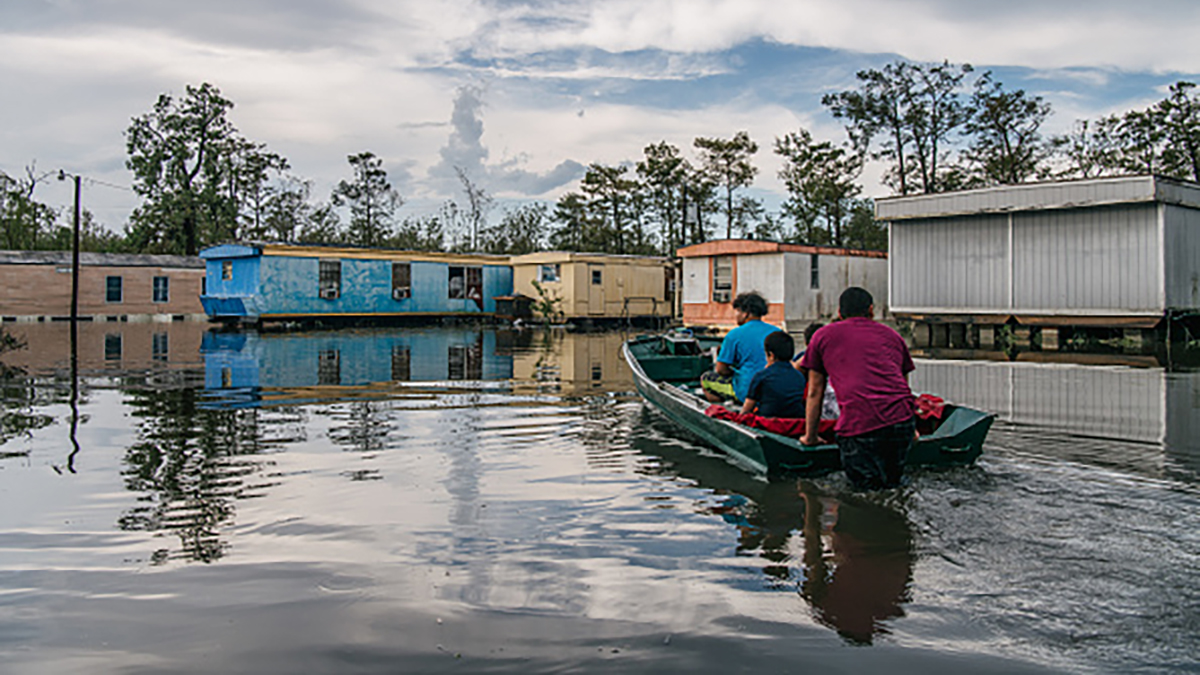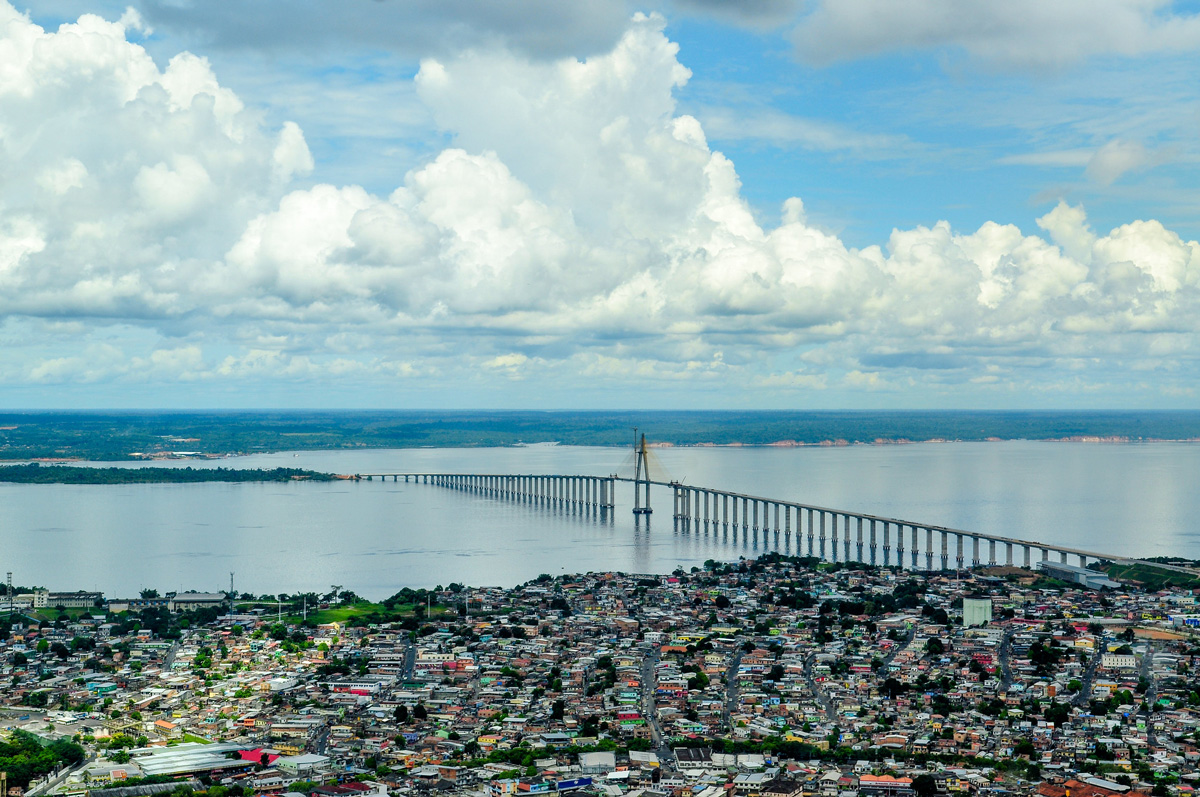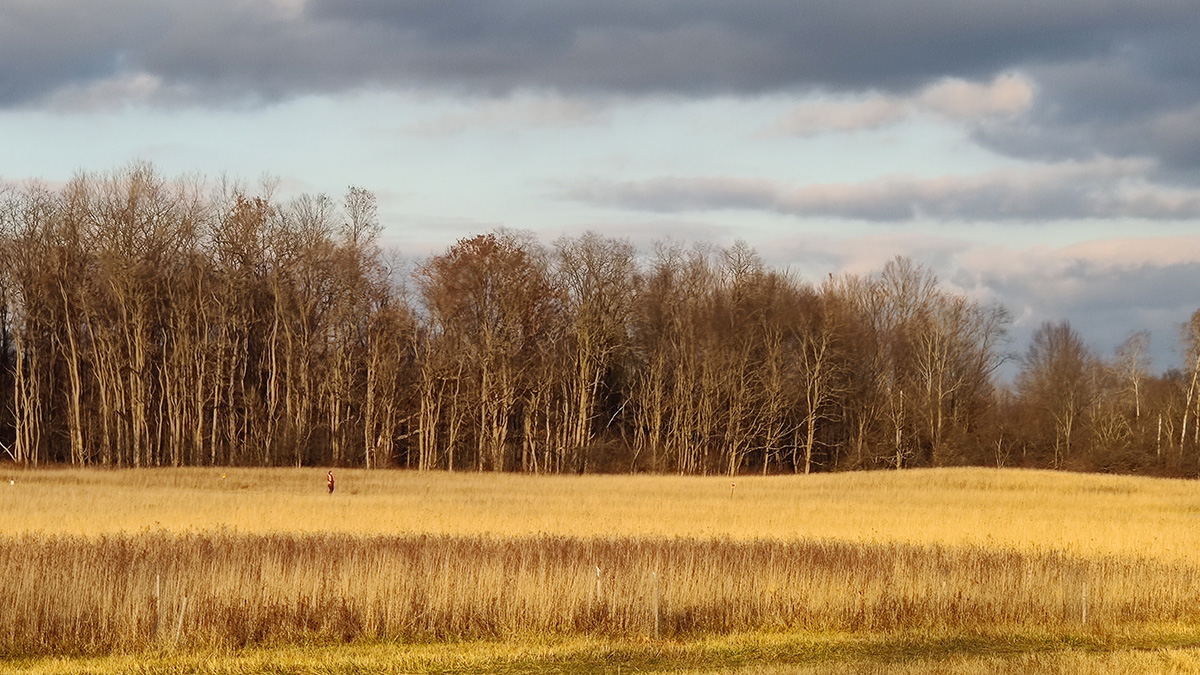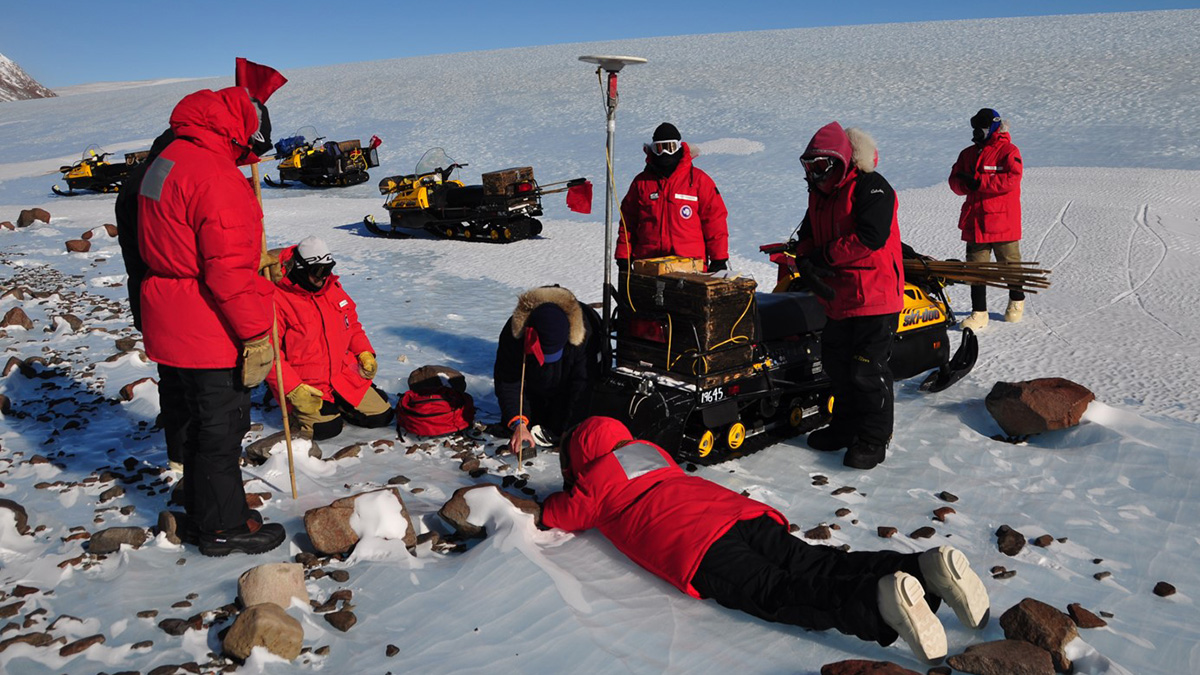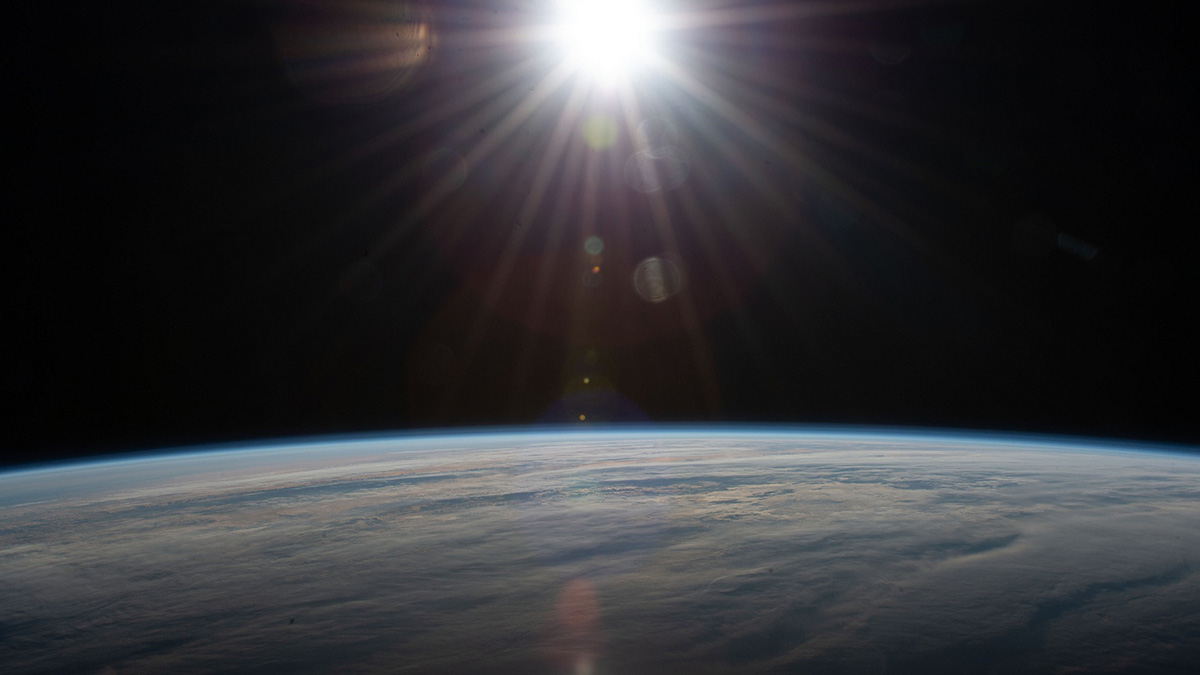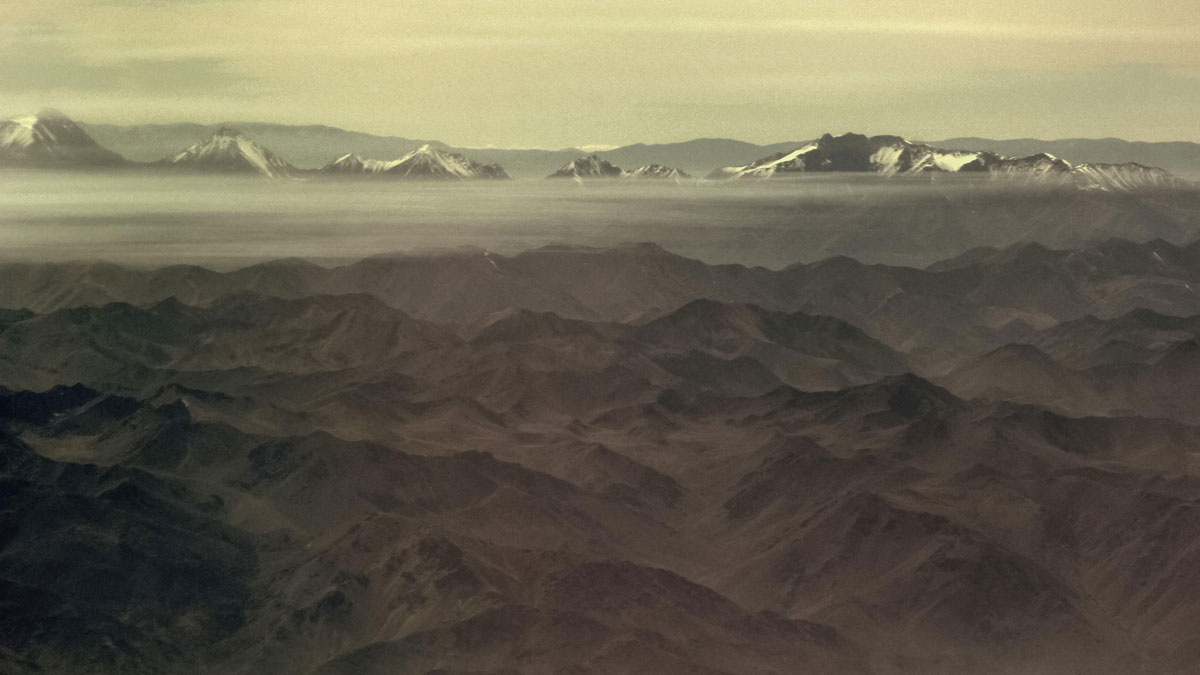A new resource may help match artifacts with their original stone sources—“a really a niche part of archaeology that requires geological expertise.”
News
Black Neighborhoods Will Bear Future Flood Burden
Climate change, shifting populations, and infrastructure development in risky areas compound future flood loss risk.
Pollution Is Disrupting Rain Cycles in the Amazon
A team of researchers in Brazil and the United States uncovered the importance of the mechanism of oxidation—a process with the potential to affect climate and precipitation across the tropics.
Forest Edges Are More, Not Less, Productive Than Interior Forest
The boundaries of northeastern U.S. forests suck in more carbon dioxide than previously thought.
Weighing the Benefits of Urban Greening
City communities may need to consider whether water absorption or cooling benefits are more important when designing urban greening.
At-Home Astronomers Help Discover a New, Unique Exoplanet
Amateur astronomers sifting through NASA’s public data uncovered a long-orbit gas giant that could help scientists understand how these planets form.
Machine Learning Pinpoints Meteorite-Rich Areas in Antarctica
A new algorithm suggests that only a small fraction of meteorites present on the White Continent’s surface have been recovered to date.
Pequeños cambios climáticos podrían verse magnificados por procesos naturales
Un nuevo estudio utiliza técnicas de modelado para descubrir cómo pequeños incidentes de calentamiento pueden convertirse en eventos hipertermales que duran miles de años.
Climate Report Rebukes Overshoot Plans with “Irreversible Consequences”
Many pathways to stopping climate change involve overshooting 1.5°C temporarily. The latest synthesis of 34,000 references says that’s a bad idea.
Iodine-Laden Desert Dust Is Eating at Ozone Pollution
In a happy accident, scientists found a potential solution to an atmospheric chemistry mystery. Their findings could be a missing piece in the iodine cycle and in atmospheric models.

